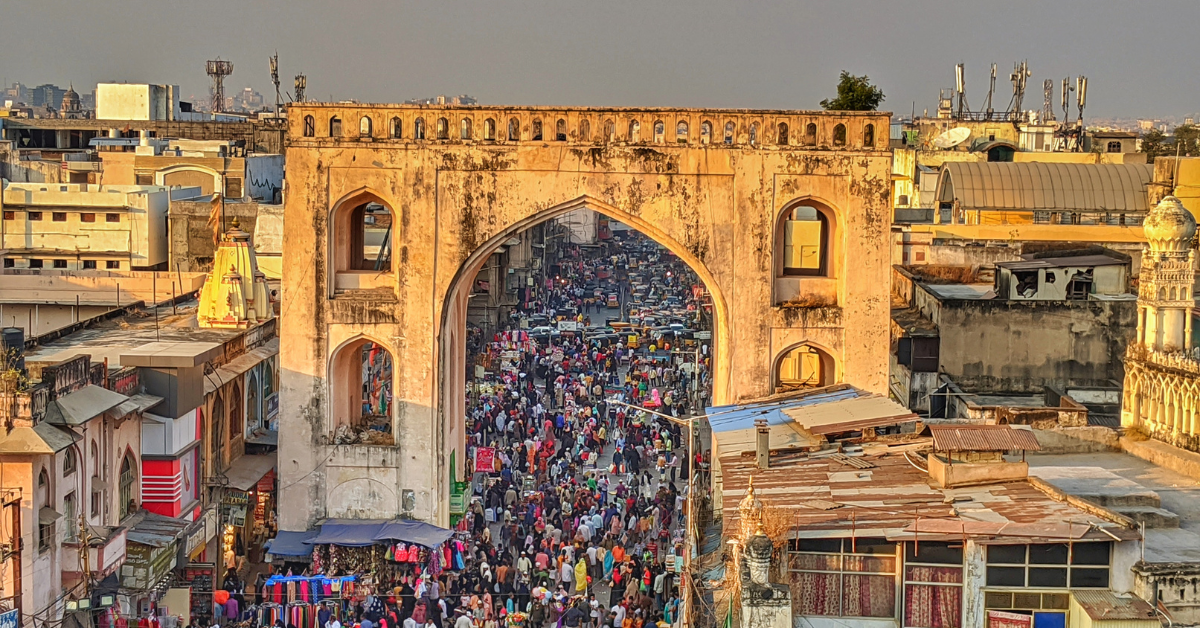Hyderabad, a thriving city in southern India, is known for its IT industry, historical sites, and rich food culture. In Chinese, it is represented as “海得拉巴”, while in Japanese it is typically written in katakana as “ハイデラバード.” This difference in writing reflects cultural and linguistic contrasts, and for Japanese, Hyderabad is increasingly seen as a city of innovation, tradition, and connection.
The Chinese Character Representation “海得拉巴”
In Chinese, it is common practice to represent foreign city names with characters that approximate their pronunciation. Thus, Hyderabad is written as “海得拉巴”. This is purely phonetic transcription, and the characters themselves do not carry any direct meaning. In Japanese, however, foreign place names are typically standardized in katakana, so “ハイデラバード” is the common form.
This difference in representation reflects cultural and linguistic conventions. Japan emphasizes practicality with katakana, while the Chinese-speaking world often prefers characters that also carry visual or semantic weight.
Japanese Perceptions of Hyderabad
For Japanese people, Hyderabad carries three primary images: “IT hub,” “historic and cultural city,” and “multicultural coexistence.”
- IT hub
With global tech companies concentrated here, the city is often called the “Silicon Valley of India.” For Japanese, it represents innovation and advanced technology. - Historic and cultural city
Landmarks such as Charminar and Golconda Fort evoke a strong sense of foreign history and are widely introduced in Japanese guidebooks. - Multicultural coexistence
The fusion of Hindu and Muslim traditions is reflected in food and festivals. Hyderabadi biryani is especially well known, appealing even to Japanese interested in culinary culture.
Relations Between Japan and Hyderabad
Ties between Japan and Hyderabad have steadily expanded, particularly in business, academia, and tourism. Japanese companies in IT and pharmaceuticals have established a presence, while universities send researchers and students for joint projects.
This growth has shifted Japanese perceptions, making Hyderabad not a “distant city” but a city of direct involvement.
Hyderabad as a Tourist City
Hyderabad offers a wide range of attractions, from historic sites to natural beauty and modern shopping.
| Tourist Spot | Highlights |
|---|---|
| Charminar | Built in the 16th century, symbol of the city. Exemplifies Islamic architecture. |
| Golconda Fort | A vast fortress known for its acoustic effects. Popular evening light shows. |
| Hussain Sagar Lake | Famous for its giant Buddha statue. A favorite spot for sunsets. |
| Old City Markets | Bustling bazaars with spices, jewelry, and crafts, offering cultural immersion. |
Hyderabad as a Sports City
Sports are deeply rooted in daily life. Hyderabad is renowned for cricket and badminton, both with global recognition.
| Sport | Details |
|---|---|
| Cricket | Home of IPL team Sunrisers Hyderabad. Matches fill the stadium with passionate fans. |
| Badminton | Produces world-class athletes and Olympic medalists. Training programs are globally respected. |
| Football | Increasingly popular among youth, with active local clubs and growing prospects. |
Through sports, opportunities for international exchange are expanding, and Japanese involvement could bring the two nations even closer.
Food Culture in Hyderabad
Food is one of the aspects that fascinates Japanese visitors most. The city is especially famous for Hyderabadi biryani, a spiced rice dish layered with meat.
| Dish | Characteristics |
|---|---|
| Hyderabadi Biryani | Cooked with basmati rice, spices, and lamb or chicken. Famous for its rich aroma. |
| Haleem | A slow-cooked dish of wheat, lentils, and meat. Strong Islamic cultural influence. |
| Samosa | Popular snack, easy for Japanese visitors to enjoy. |
| Mithai (Sweets) | Richly sweet confections essential for festivals and celebrations. |
Experiencing food culture offers Japanese tourists a direct way to engage with local traditions.
Hyderabad’s Growth and Future
The city’s strength lies in its balance of IT innovation, historical legacy, sports culture, and culinary diversity. As Japan and Hyderabad continue to interact, ties are expected to expand further in five major areas: business, education, tourism, sports, and food culture.
Conclusion
Hyderabad is written as “海得拉巴” in Chinese, but in Japanese it is generally expressed in katakana as “ハイデラバード.” For Japanese people, it is seen not only as an IT hub, but also as a historic city, a multicultural society, and increasingly a destination for tourism, sports, and cuisine.
As relations grow, Japanese perceptions are shifting from viewing Hyderabad as a “distant city” to a city of exchange and connection. It is becoming recognized as a business partner, a travel destination, and a place where cultures and sports can be shared.






